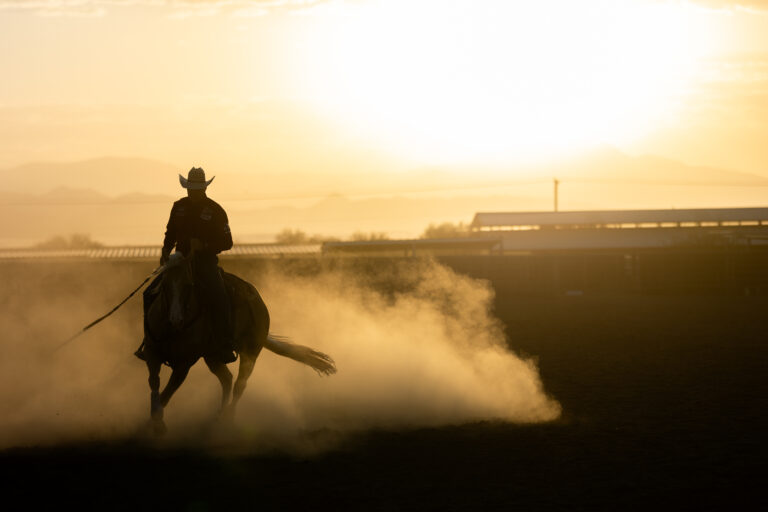Anticipation is something that many horses struggle with, and it can be a difficult problem to solve if you don’t address it immediately. When your horse is anticipating what you’re going to do next, he becomes anxious and unfocused. He can’t keep his mind on the task at hand and starts to worry about what’s going to happen next.
The best way that I’ve found to keep a horse from anticipating my next move is by always keeping them guessing. If you’re working on a specific maneuver and you keep cueing for it in the same spot each time, your horse is going to start to anticipate that spot in the arena, and might even become anxious.
The exercise I’m going to talk about in this article is called ‘the left-right drill.’ It’s something that I use with almost every horse I work with and can be used to fix a number of problems. I’m going to show you how to use this exercise to prevent your horse from anticipating the next transition or maneuver that you ask for by constantly changing the direction you’re riding in. You can practice this drill at the walk, but I usually only do it at the jog or lope because those are the gaits a horse normally anticipates the most. The most important part of this exercise is to keep him guessing.
Continue reading to see how I constantly keep my horses on their toes to avoid anticipation.

Like Clockwork
When you first start this exercise, picture your arena as if it were a clock. So, 12 o’clock is at the top of the arena, 6 o’clock is at the bottom, and 9 and 3 o’clock are on either side. This is going to help you establish direction during your ride and give you a point to focus on rather than aimlessly riding around your arena. You can also use markers, such as a fence post, banner, flag, or other objects around your arena to use as your new point of direction.
When we aren’t focusing on riding toward specific points, it’s easy to fall into a routine of riding the same circle on the same end of the arena. By using this exercise, you’ll constantly be changing what part of the arena you’re riding in and the direction you’re going.
[More from Warwick: Establish Connection Between the Lead Rope]
Expect the Unexpected
To begin, start in the middle of the arena and ride toward 12 o’clock. If you feel your horse start to look at something or veer toward a different part of the clock, immediately turn him in the opposite direction. For example, if you’re going toward 12 o’clock and he looks or tries to turn toward 1 o’clock, get his attention back by turning to the opposite side of the clock—or 10 o’clock.
Once you’re heading toward your new destination, that part of the clock becomes your new 12 o’clock. Every time he loses focus, you’re going to press a reset button and start the process over again. Eventually, your horse will realize he can’t anticipate the next move, because you’re never going to ask for the same maneuver in the exact same spot of the arena. Instead, you’re going to keep him on his toes and immediately get his attention back on you. He’ll start to expect the unexpected, and keep his attention on you and what you’re asking him to do.
This drill may sound simple, but once you go through the motions a few times, you’ll see how it really brings your horse’s focus back on you. Once you’ve ridden around your arena and have changed directions about 10 times, he’ll start to forget about anticipating what comes next and will be focused on the present.

Create Balance
Now that your horse is unaware of what the next direction will be, he’ll start to become more balanced through his body. If you’re constantly going to the left and he knows that’s what’s coming, his body will always be prepared to go left. This means he’ll put all his weight on the left side and won’t be prepared when it comes time to change direction.
Once he’s used to you asking him to change directions, he’ll start to stay balanced and straight underneath of you so he can easily change directions when asked.
[More from Warwick: Half-Halt for Your Western Horse]
Continue to practice this drill until you feel your horse relax into a balanced position. This is also a great exercise to use when you’re practicing a pattern because it will get his mind off what you’ve been doing and will keep him from anticipating the next part of your pattern.
Note: Don’t forget about transitions! Throw in different speed transitions in different places to keep your horse on his toes.






